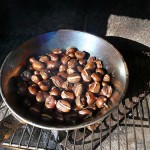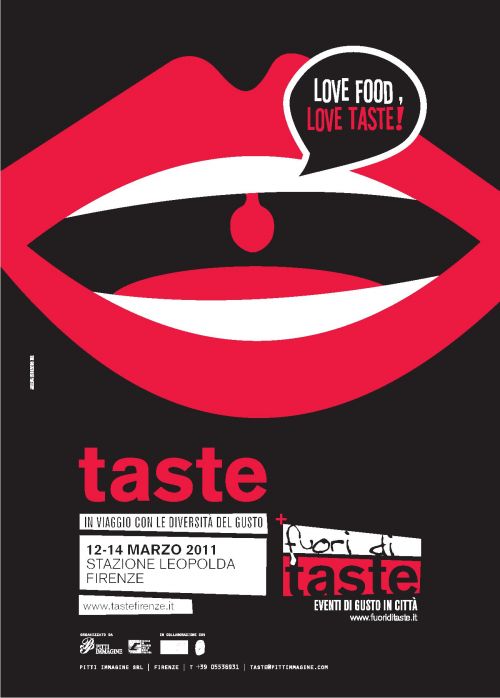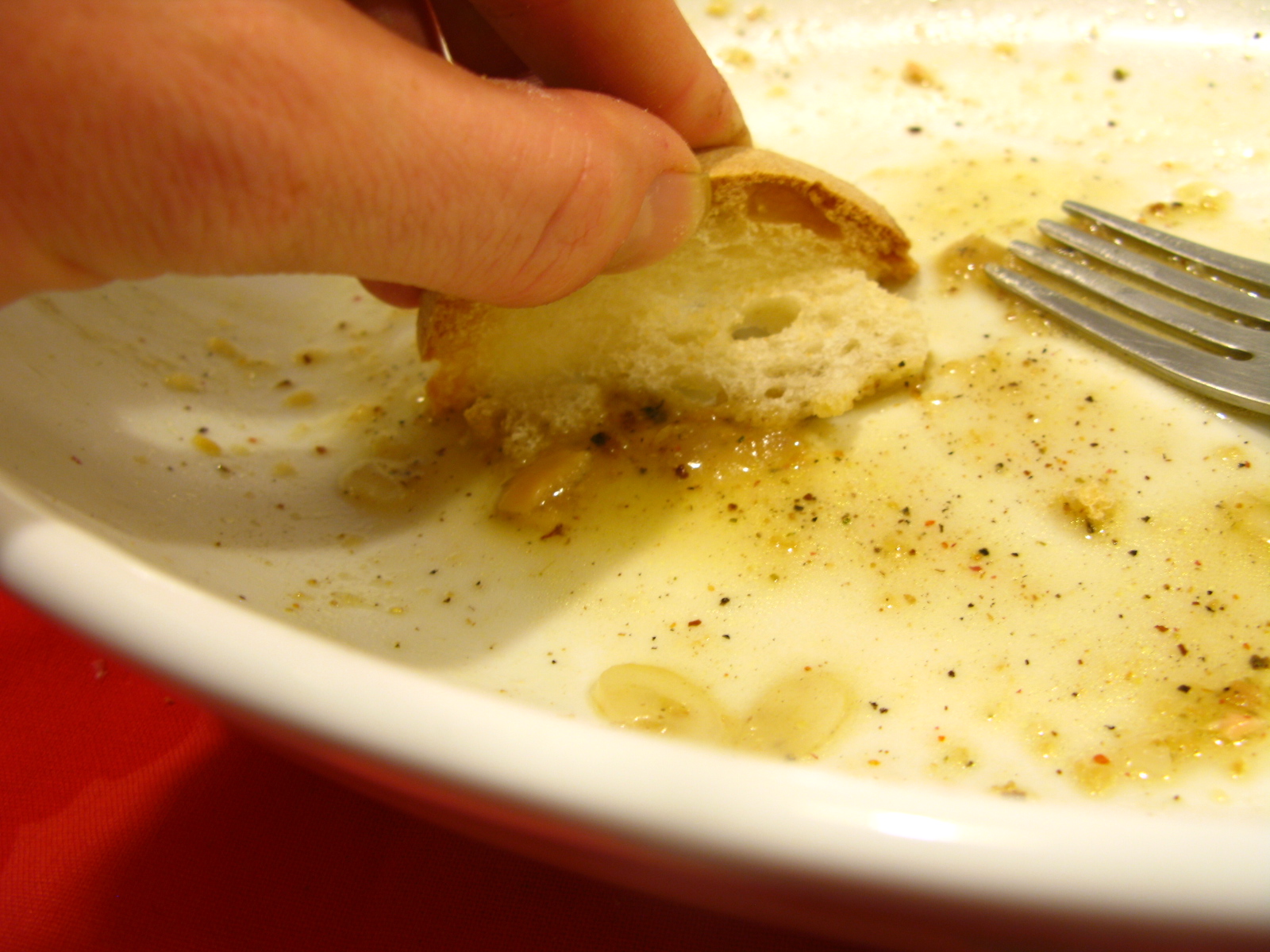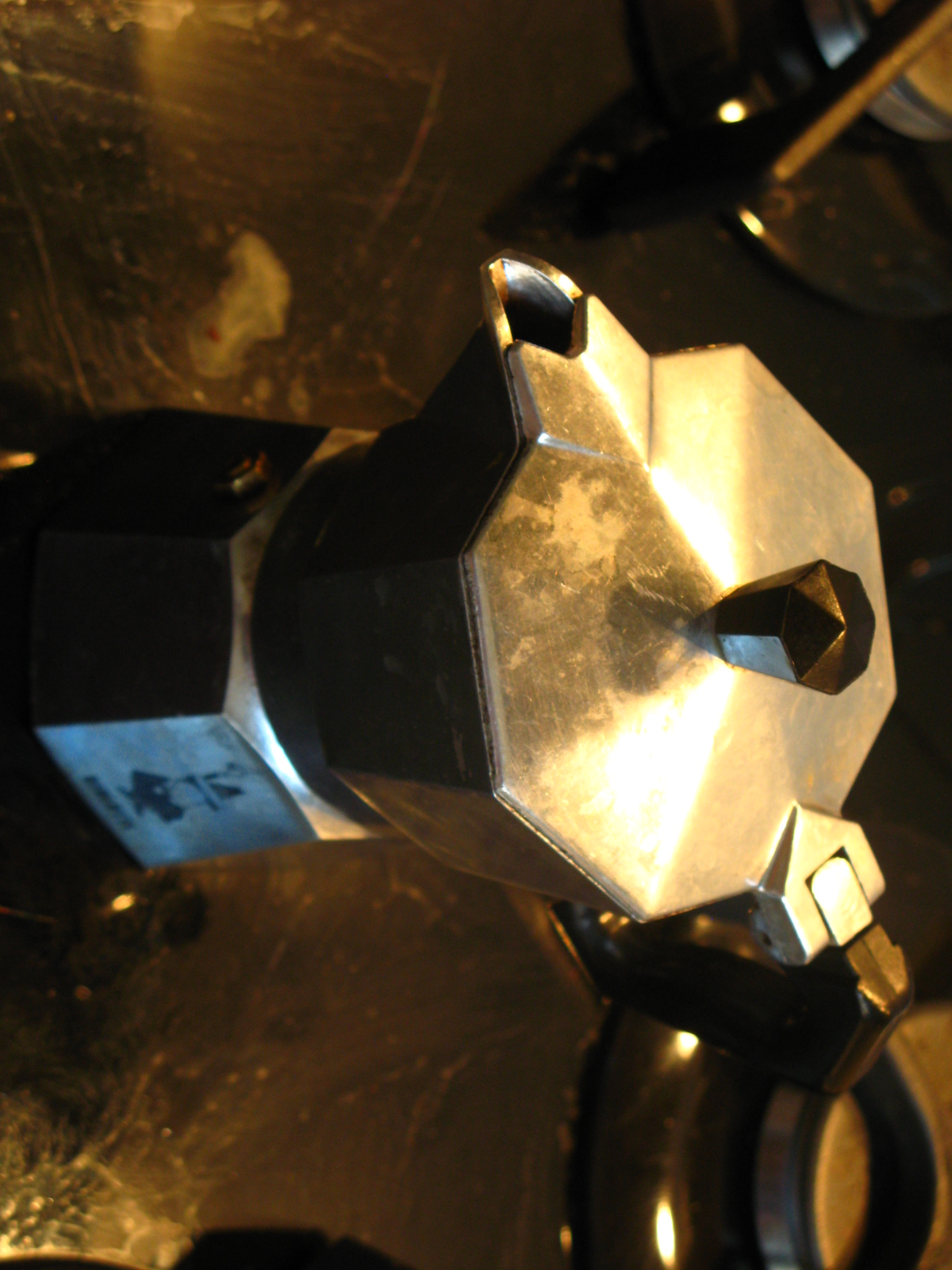Have you ever noticed, during wintertime, people eating roasted chestnuts, picking them from sheets of yellow paper, bought along the road in the center of Florence? Have you ever tried this particular kind of finger food?
The humble, sweet chestnuts have long played an important part in Italian history and its related diet.
Throughout the centuries, chestnut cultivation spread throughout the Itallian peninsula, being one of the few food crops that could be grown on steep mountain slopes, and also one of the few crops that could be expected to provide sustenance through the long winter months.

Chestnuts, for example, helped sustaining large numbers of people during World War II in some areas (i.e. Tuscany’s Lunigiana and Lucchesia where much of the economy revolved around the chestnut crop). The main region in Italy for chestnut production is the Mugello area, in Tuscany.
The chestnut was introduced into Europe from Sardis, in Asia Minor (now Turkey); the fruit was then called the ‘Sardian Nut‘.
Until the introduction of the potato, whole forest-dwelling communities which had scarce access to wheat flour relied on chestnuts as their main source of carbohydrates.
Tuscany has a particular, special chestnut variety, known as he marron (marrone, that literally means “brown”). These are special chestnuts, often inclued within a wide range of culinary uses. Some of the finest marrons are grown in the Mugello area, sitting in Tuscany’s northeast corner.
By the way, Mugello is really full of some very surprising tourist destinations… Let’s hope that this will whet your appetite for a visit!
So, while selecting your marroni, always remember that their skins should have a healthy glow, and a beautiful brown shine. Should chestnuts look dim or mottled they may have mold… Then, pass them by. They should also be firm and feel solid, with no air between the skin and the underlying flesh.
Finally, the skins should be blemish free. In particular, look for pinholes, which likely mean worms!
Chestnuts have been bearing reputation as “food for poor people“; yet, they were – and still are – wonderfully versatile, and good for many a recipe belonging to the Tuscan cuisine.
There are many ways to prepare and eat chestnuts: caldarroste, or roasted chestnuts, are a winter must! Also, try the castagnaccio, a chestnut flour cake enriched by pinenuts, raisins and rosemary leaves. And don’t miss chestnuts tortelli, a real delightto the palate!
Boiled chestnuts, the ballotte, may probably be the humblest way to cook castagne.
But have a taste of them anyway, to sample the diversity of chestnut recipes and flavors in our Tuscan tradition.
Buon appetito!










